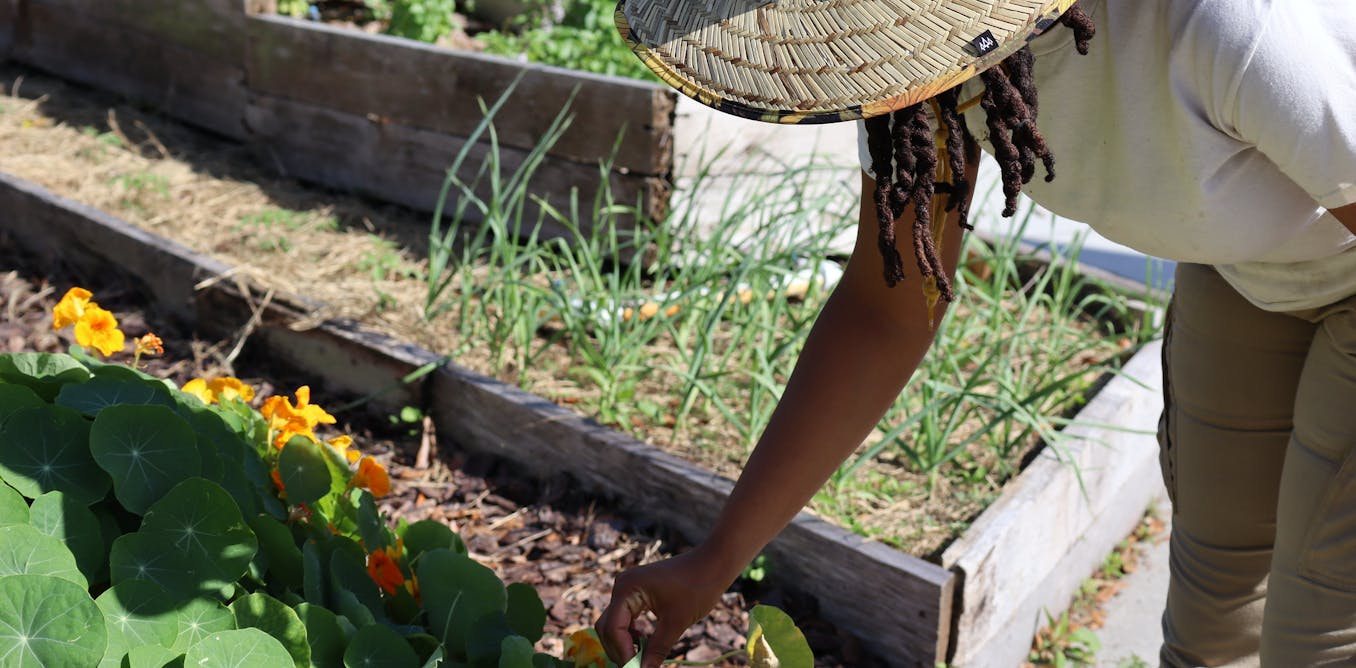The Single Strategy To Use For City Blooming
Fascinated in growing food to buy in the City of Chicago? Thinking of beginning an area yard? Adjustments to the Chicago Zoning Regulation allow agricultural usages like area gardens and metropolitan ranches in numerous components of the city. Below is a listing of regularly asked inquiries pertaining to the regulations and policies that farmers need to think about when planning a city agriculture job.
The zoning change does not modify any other codes managing composting, structure permits, buying or leasing City owned residential or commercial property, business licenses or environmental contamination. There are existing codes that control these issues and they stay completely impact and may apply to your job. Area yards are commonly possessed or managed by public entities, public companies or community-based organizations and maintained by volunteers.
Urban ranches expand food that is planned to be marketed, either on a not-for-profit or for-profit basis. As a result of their commercial function, city farms require a business certificate. Yes. An area yard is allowed to offer surplus generate that was grown on site if the sales are accessory or subservient to the yard's main function described above.
Little Known Questions About City Blooming.
Composting is permitted however just for plant product that is generated and made use of on website. The amount of compost material can not surpass 25 cubic backyards at any offered time according to the standards in 7-28-715 of the City's Municipal Code. Yes. Due to the fact that the soil at the majority of new yard websites needs changing, garden compost, soil, timber chips, or various other materials can be obtained to create or boost the growing area - sustainable gardening.

If a structure authorization is called for then the hoophouse will certainly be thought about an accessory structure. You can locate out more regarding the structure permit requirements by contacting the Department of Buildings. The 25,000-square-foot size limitation is meant to protect against a solitary neighborhood garden from dominating a given block or detracting from the block's existing domestic or commercial character.
The limit does not put on gardens situated in Public Open Room (POS) areas. Can there be more than one neighborhood yard that is 25,000 square feet on a single block? Yes. The size limit uses to individual gardens, not to private blocks. No. Fence is not required, however, yards that have huge auto parking locations may be called for to mount fence or various other landscape design functions.
City Blooming - Questions
B1 & B2 areas call for that all business use tasks be carried out inside. Is secure fencing needed for city ranches? Fencings may be called for, along with landscaping and testing, for specific car park areas and exterior job or storage areas depending on place and the certain task taking location.
Yes. Urban ranches need structure permits and zoning approvals before building and construction. Other types of city review may be required depending upon specific structures, activities, size, landscaping, licensing, public health and stormwater administration concerns. Most of these requirements are identified in the project layout or permitting process, nonetheless, the candidate may be responsible to independently identify certain licenses or permits that might be called for.
Yes. The kind of license is established by what is occurring at the website. The Division of Company Affairs and Customer Defense can assist determine the particular sort of business certificate that's needed. Yes. Off road car parking is needed for most business tasks in Chicago. The called for number of car park spaces is based on the variety of staff members servicing website and not the square video footage of the growing space.
How City Blooming can Save You Time, Stress, and Money.

Yes. A city ranch can market garden compost material generated on site, however, the procedure has to follow the laws in 7-28-715 of the Chicago Municipal Code. Yes. Aquaponic systems are allowed indoors on metropolitan ranches in many zoning districts. A zoning testimonial and building permit is needed in order to mount frameworks or systems and a business permit is needed as explained over.
Up to 5 hives or swarms of honey bees may be kept as an accessory use. Beekeepers have to sign up with the Illinois Department of Agriculture. For even more info regarding the suggested zoning amendment you might contact the Department of Real Estate and Economic Development, Bureau of Planning and Zoning at 312.744.8563.
, which takes location in country areas at the side of suburban areas.
An Unbiased View of City Blooming
It can involve a motion of natural farmers, "foodies" and "locavores", who look for to develop social networks based on a shared principles of nature and area holism. These networks can develop by method of formal institutional support, ending up being incorporated right into neighborhood town as a "transition town" activity for sustainable urban advancement.
The much more direct accessibility to fresh veggie, fruit, and meat products that may be understood through city agriculture can boost food protection and food safety while decreasing food miles, leading to lower greenhouse gas emissions, therefore adding to climate adjustment reduction. Some of the first evidence of urban agriculture comes from Mesopotamia.
Comments on “Some Known Questions About City Blooming.”